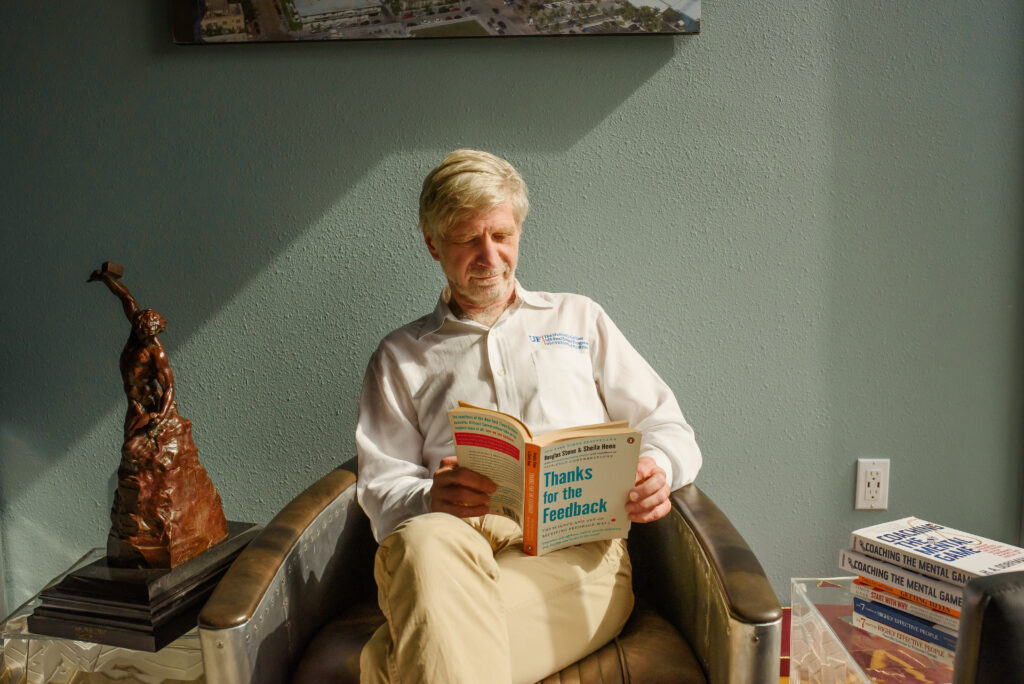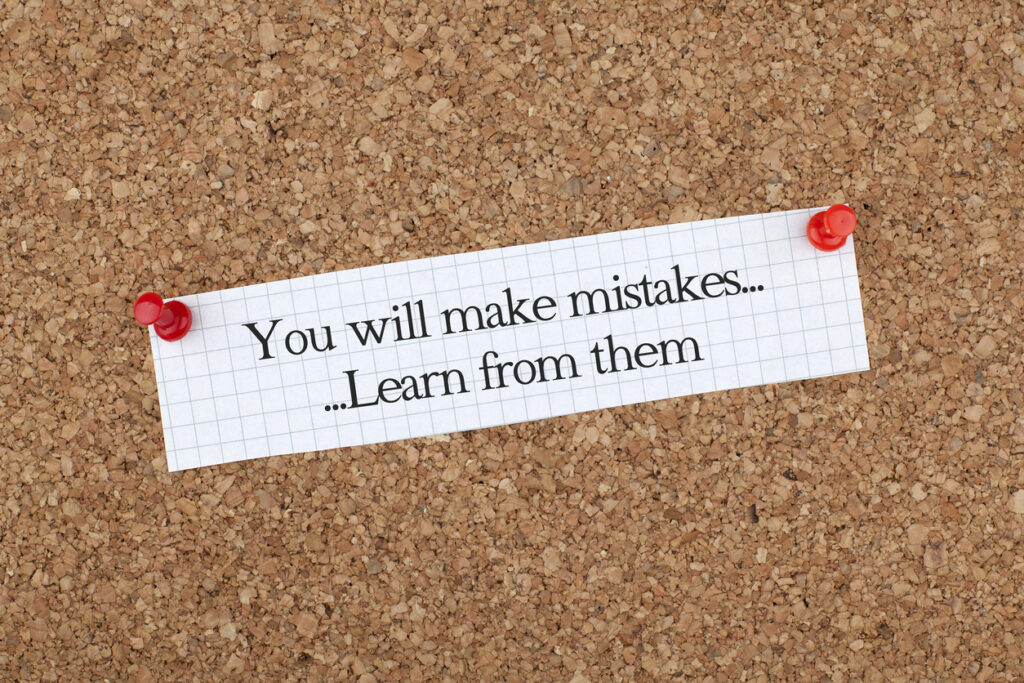 I recently attended a book club gathering whose participants discussed “Sway: The Irresistible Pull of Irrational Behavior,” by Ori Brafman and Rom Brafman. “Sway” is a book along the lines of “Tipping Point” or “Freakonomics” or “Blink” or “Drunkard’s Walk,” which examine common human behavior quirks and attempt, using illustrative stories, to put recent research into a readable, understandable format.
I recently attended a book club gathering whose participants discussed “Sway: The Irresistible Pull of Irrational Behavior,” by Ori Brafman and Rom Brafman. “Sway” is a book along the lines of “Tipping Point” or “Freakonomics” or “Blink” or “Drunkard’s Walk,” which examine common human behavior quirks and attempt, using illustrative stories, to put recent research into a readable, understandable format.
I am a firm believer that it is not what we know but what we do that counts. “To know and not do is to not know,” hence the benefit of reading the book in full and all the stories therein. We learn in part by repeated exposure, and some of our deepest learning comes when we can attach emotional meaning to what we learn and put it into a context that’s useful to us. I think of this as right brain (relationship) learning.
Stories help us with both context and emotional connection, which is why reading all of “Sway” will help you learn far better and at a much deeper level than the sparse outline I provide. Here is a left-brain (logic) summary of some, but far from all, of the book’s key topics.
* Diagnostic Bias/Value Attribution: The worth we place on something is dependent on our initial impression or expectation. What we expect is often what we get. Our tendency to ascribe someone or something with certain qualities is based more on our expectations or preconceptions than on objective data. Once we attribute certain characteristics or value to a person or thing, we dramatically alter our perceptions of subsequent information and our willingness to even evaluate objectively conflicting data.
* Fairness: Many decisions we make have more to do with how fair the transaction is than to what the benefit is to us. The higher we are on Maslow’s Hierarchy, the truer this is.
* Expectation Bias: Not only do we see what we expect to see but our expectations (and the ways our expectations “leak” out) impact the behavior of others and potentially create a self-fulfilling prophecy. This also is known as the chameleon effect, where when we label or brand people they tend to take on certain aspects of our diagnosis.
* Pain Aversion: We don’t want to experience loss more than we want to experience gain.
* Commitment Bias: It’s difficult to change once you’ve committed to a particular path. Sinclair Eaton said, “It is hard to get a man to change his mind when his paycheck is dependent upon not changing it.” To that we could add and when his self concept and group identity are dependent upon not changing his mind.
* Group Conformity/Group Think: This is the temptation to go along, to align ourselves with everyone else, to avoid confrontation or bad feelings, to assume that the group must be right or have some good reason for its behavior or beliefs. Even one dissenter, a lone “blocker” in the parlance of “Sway,” can go a long way in giving others in the group courage to speak their minds, to break ranks with the group. This is true even if the dissenter is wrong or even if those subsequently choosing to speak up don’t agree with the initial dissenter’s point of view. It is enough that one had the courage to speak.




